The Role of the General Education Teacher in an IEP
The opinions reflected in this post are my own. They are not mandated by my district, state, or other association.
Most of the general education teachers that I work with are fabulous. They understand that they have students with special needs, and work hard to accommodate the meetings and needs of the students. Some of the newer (or sometimes older) teachers, however, could use a little refresher to help them understand their very important role.
1. Help Develop the IEP
It is important for general education teachers to know that their input is critical to the IEP both for present levels and goal development. The special education teacher and SLP do not know how the student is functioning in the classroom and cannot compare this student with the rest of the class or grade level.
Two ways that a general education teacher may be asked to develop an IEP:
- Pre-meet with the team to discuss present levels of the student, strengths/weaknesses, develop goals.
- Fill out a form (such as my Common Core Input Forms) that the special education teacher or SLP can use in writing the IEP.
2. Be involved in the IEP Meeting
Being involved in the IEP means being actively engaged. Then general education teacher is such an important role that the meeting cannot even take place without him/her!
Ways to be involved in the IEP meeting:
- Talk! Tell the parents and team some of the student’s great strengths. Talk about how much the student contributes to the class as a whole.
- Bring data, pictures, and/or work samples. Show off some of the great things that the student has done this year. Some of the best IEPs I have been in included showing pictures, videos, and writing samples of the student.
- Explain why these are great goals for the student and how the goals will help the student to participate more in the general education curriculum.
- Discuss needed modifications and accommodations and how they are helping or will help the student.
3. Follow up with the IEP
The goals and modifications are not just for the special education teacher and SLP. These goals and modifications should be implemented in the classroom as well. It takes a village to help a student meet their goals!
Ways to work on IEP goals and modifications in the classroom:
- Write them down in a place where they will be remembered.
- Start new modifications immediately. For example, if preferential seating is a new modification, then implement it immediately. It will be forgotten if too much time passes.
- Provide ongoing input and communication with the special education teacher and SLP about how the student is doing and adjustments that may need to be made on the goals and modifications.
Remember that all team members are crucial to the IEP process. And if the student spends most of their day in the general education classroom, then the general education teacher knows that student best!
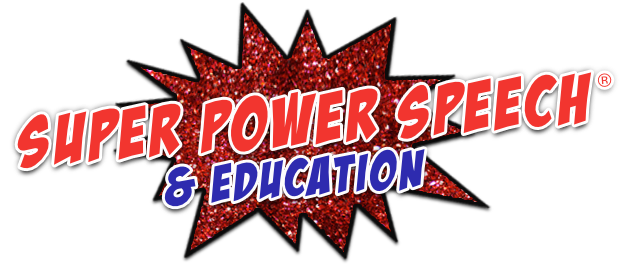
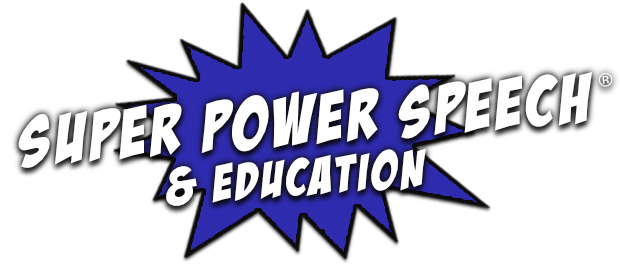
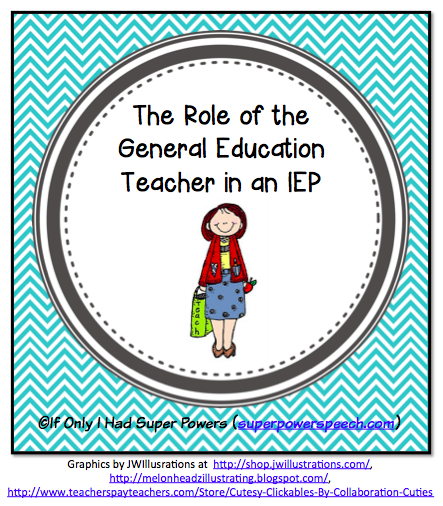

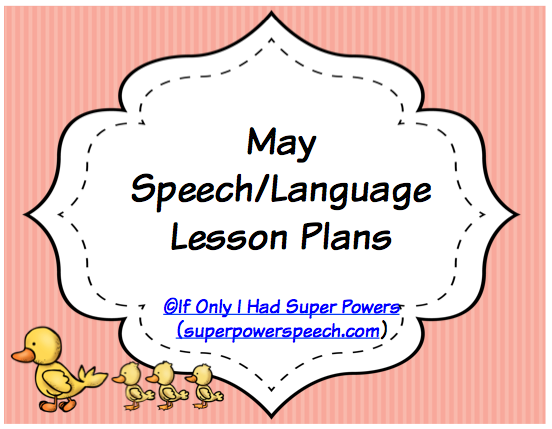

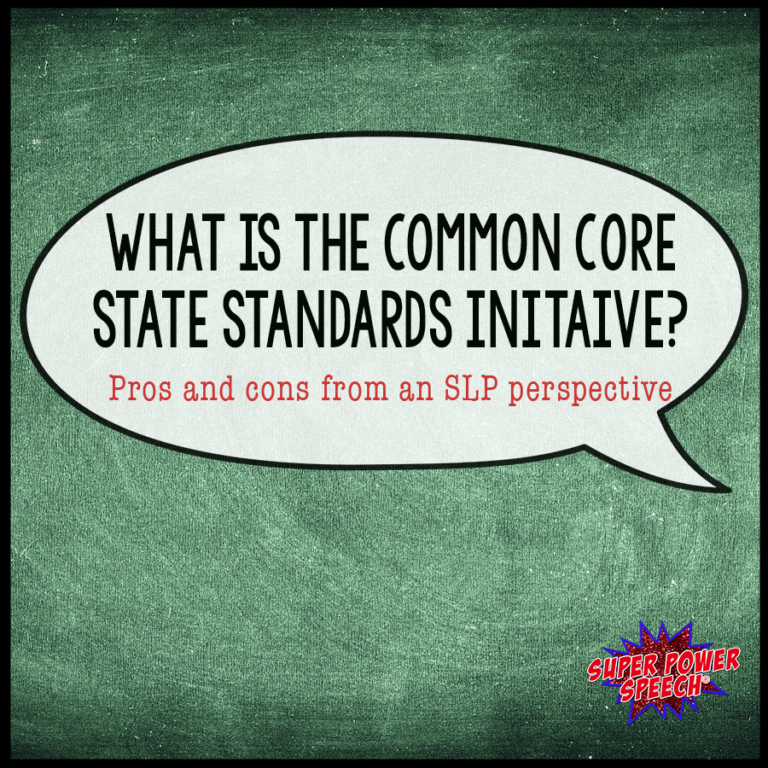

Great tips, CC! 🙂
Great post, CC! It’s something that’s really worth reminding teachers that they do play such an important role!